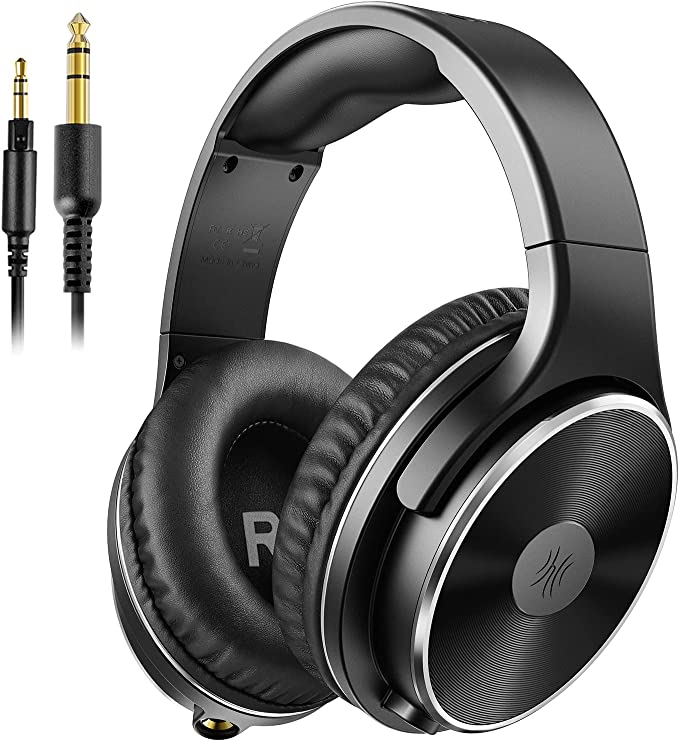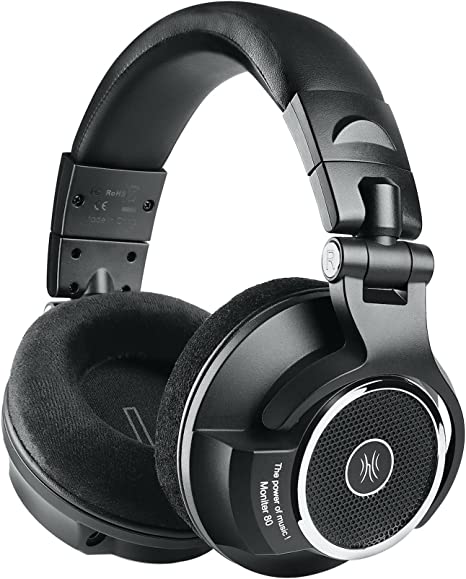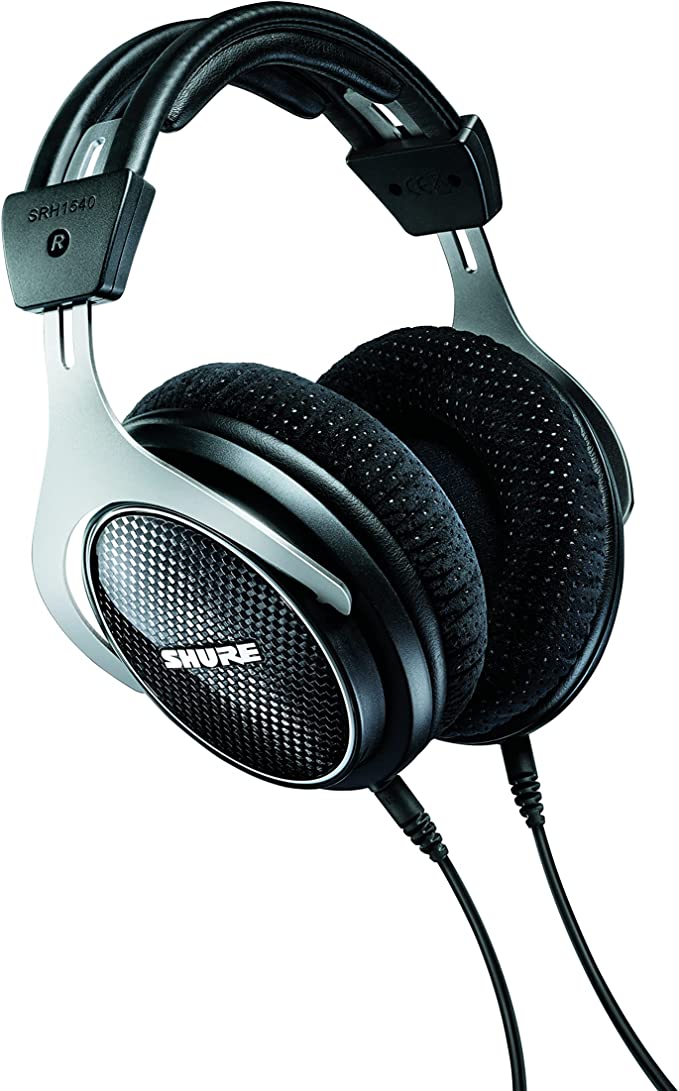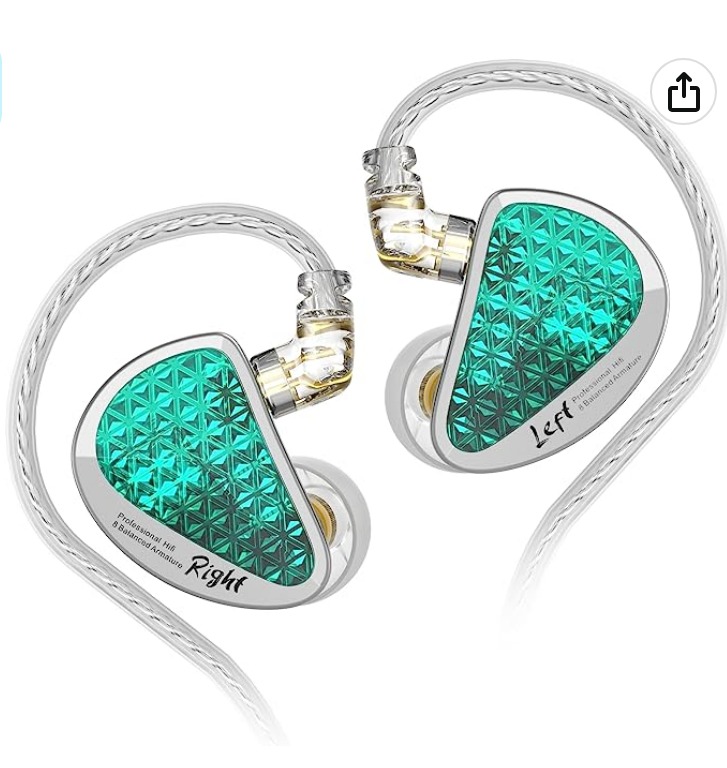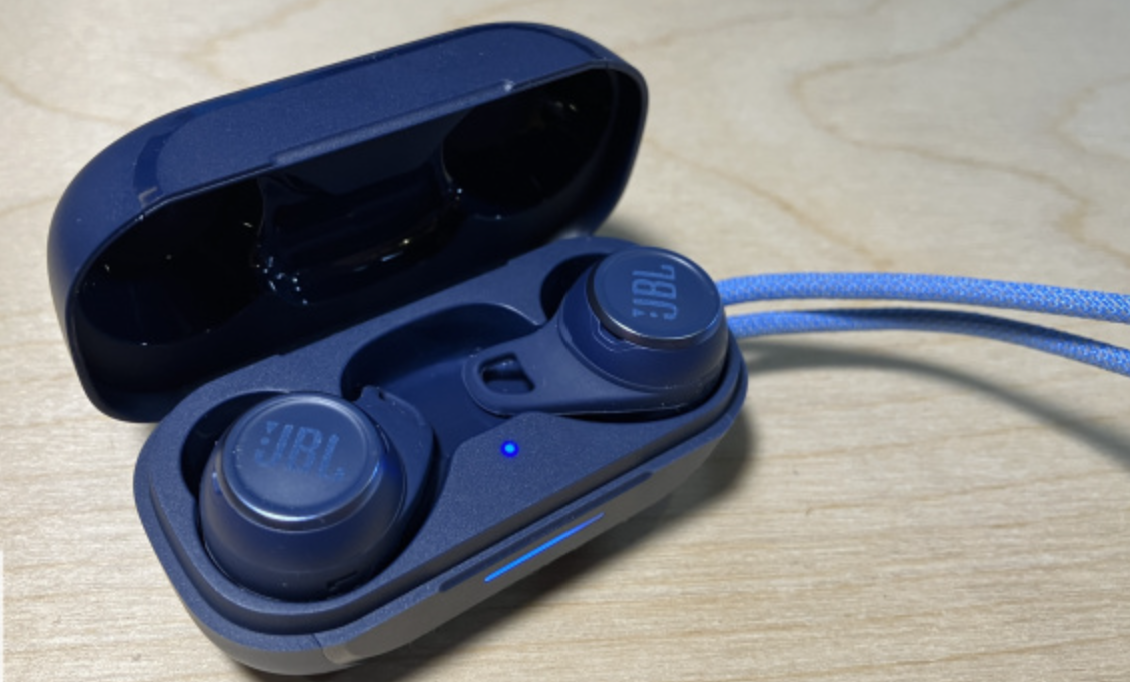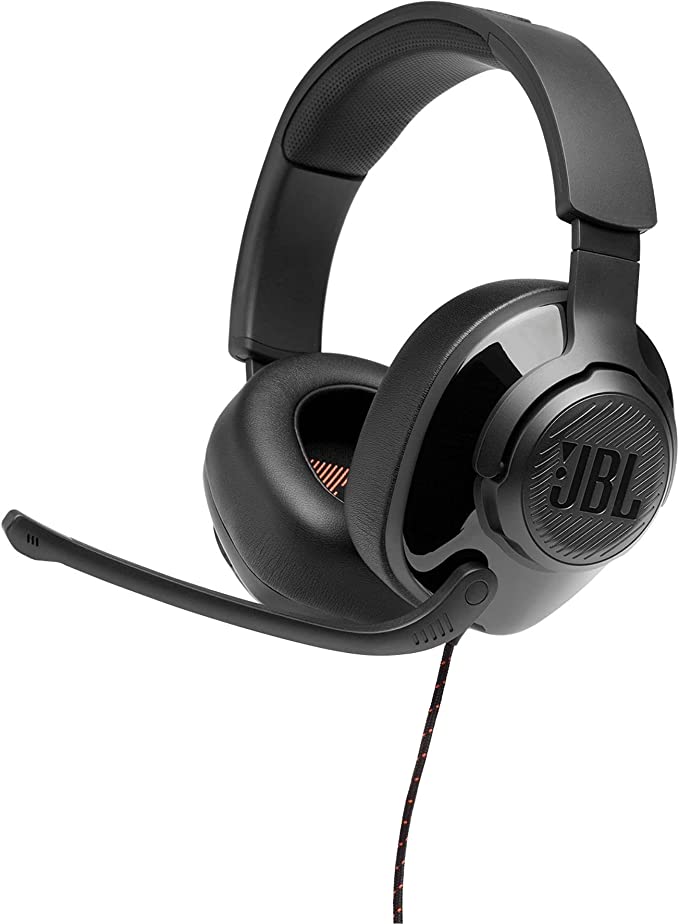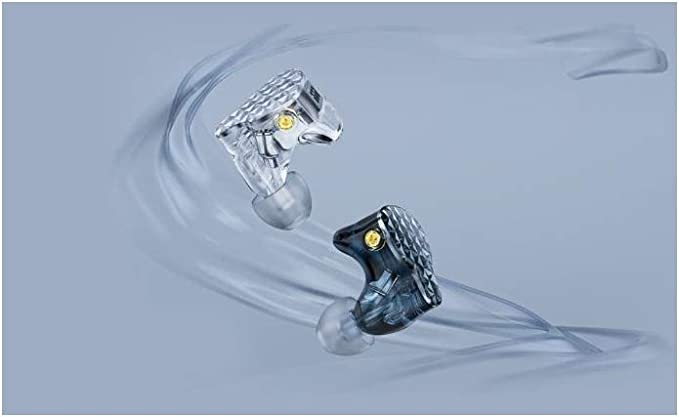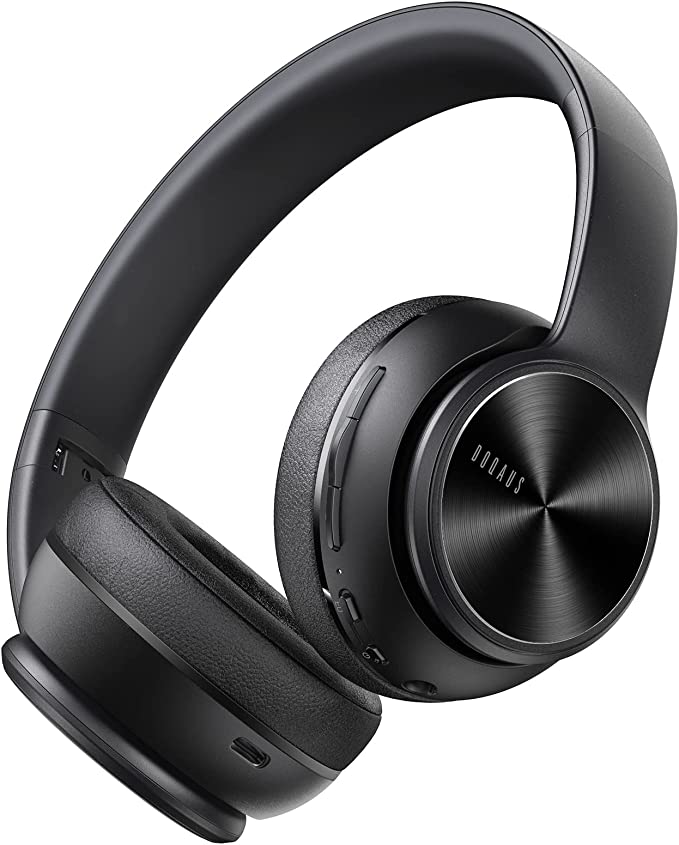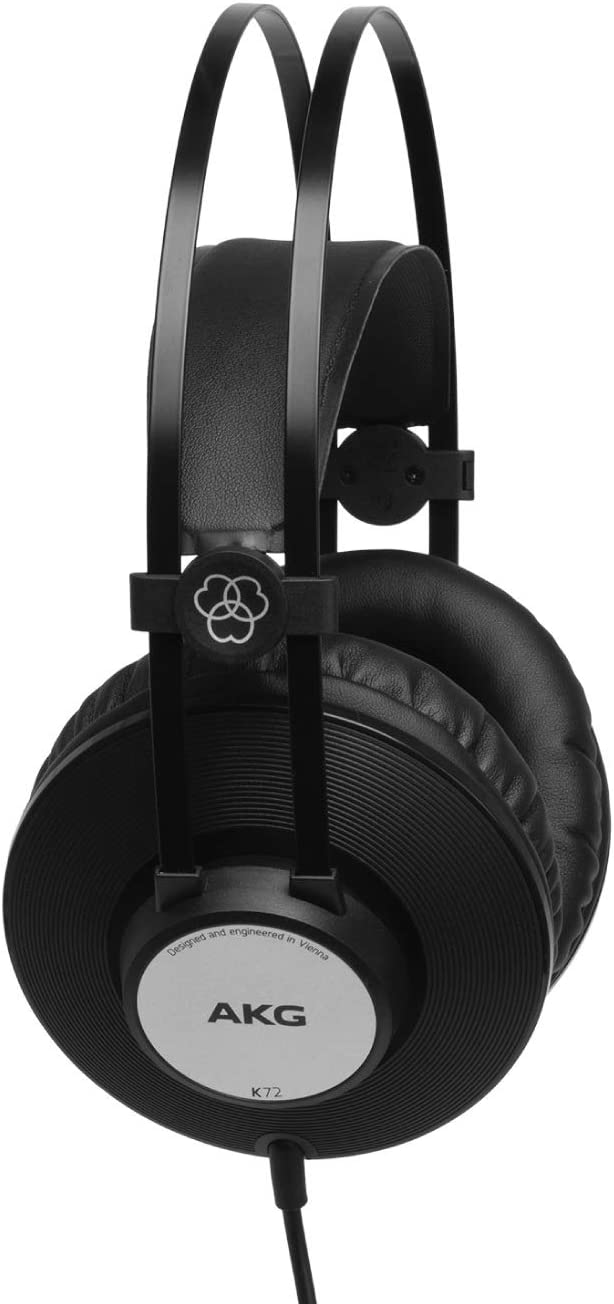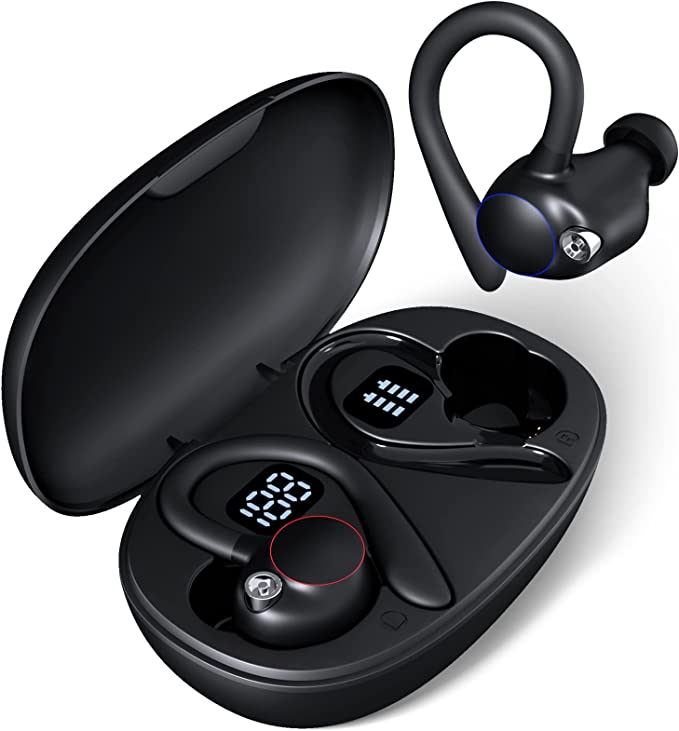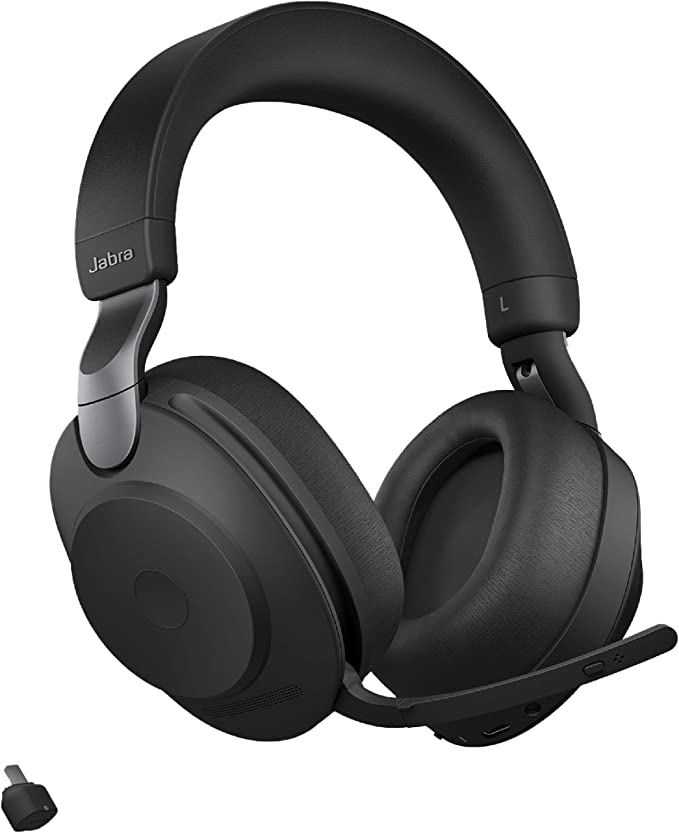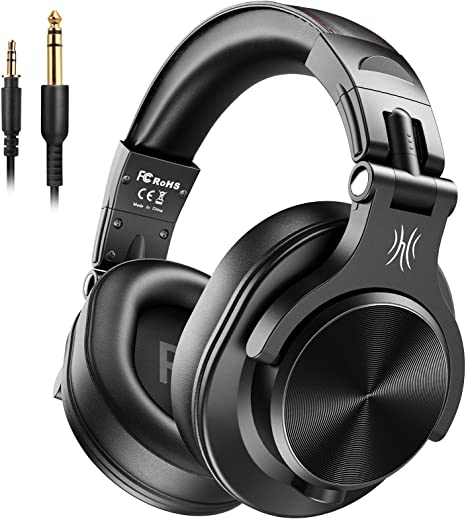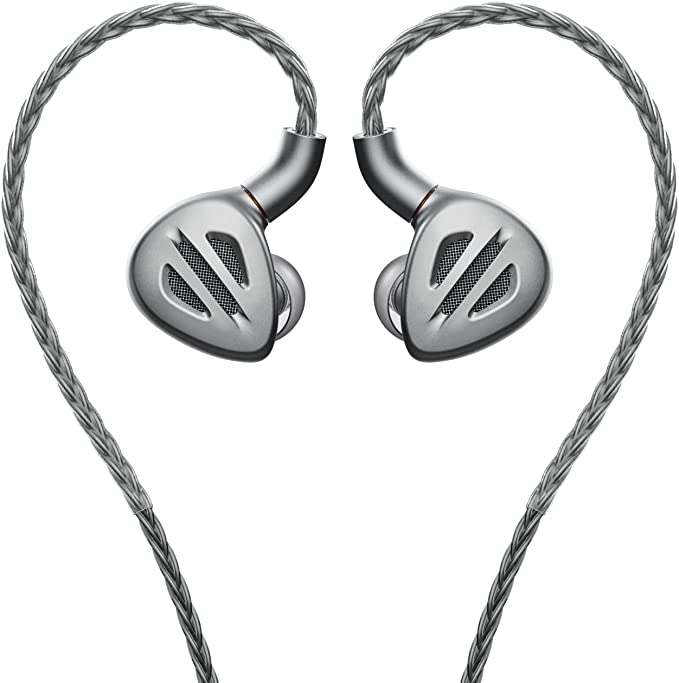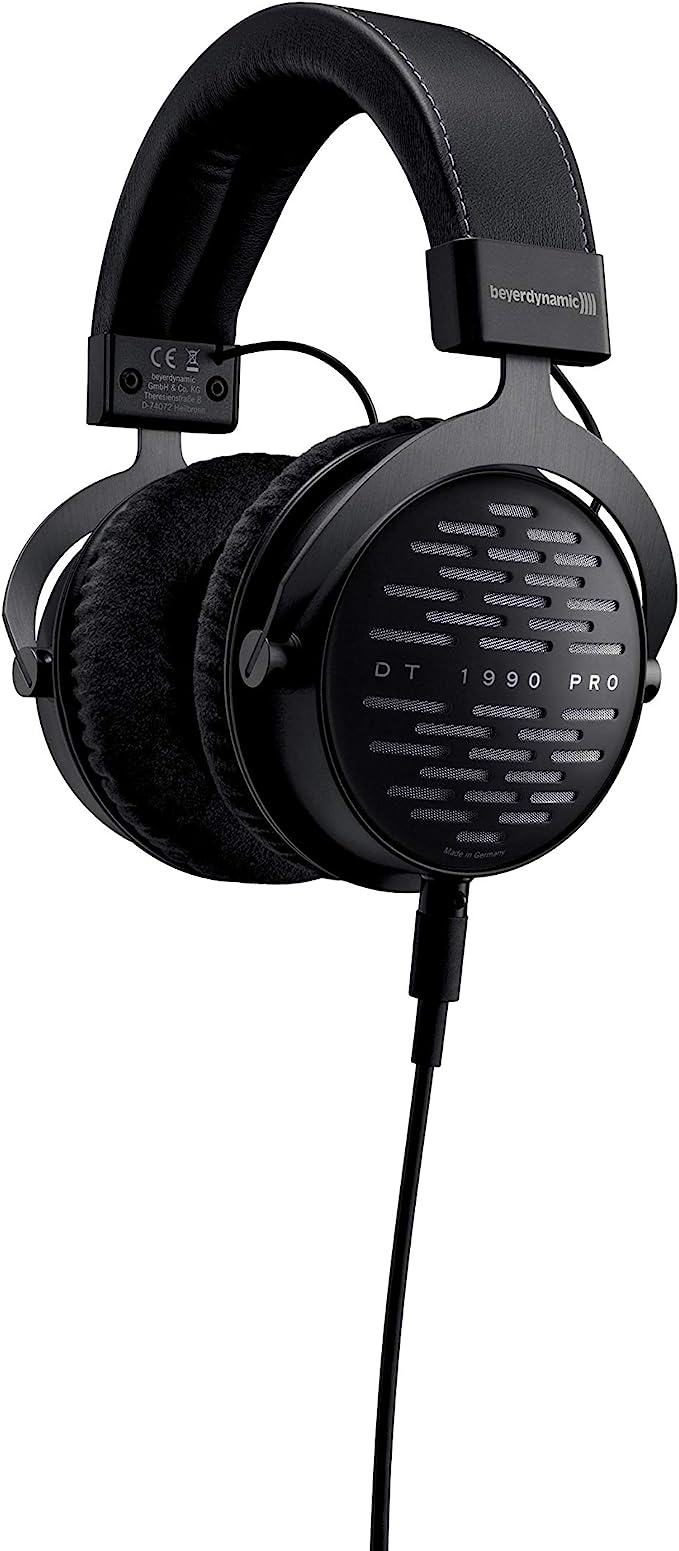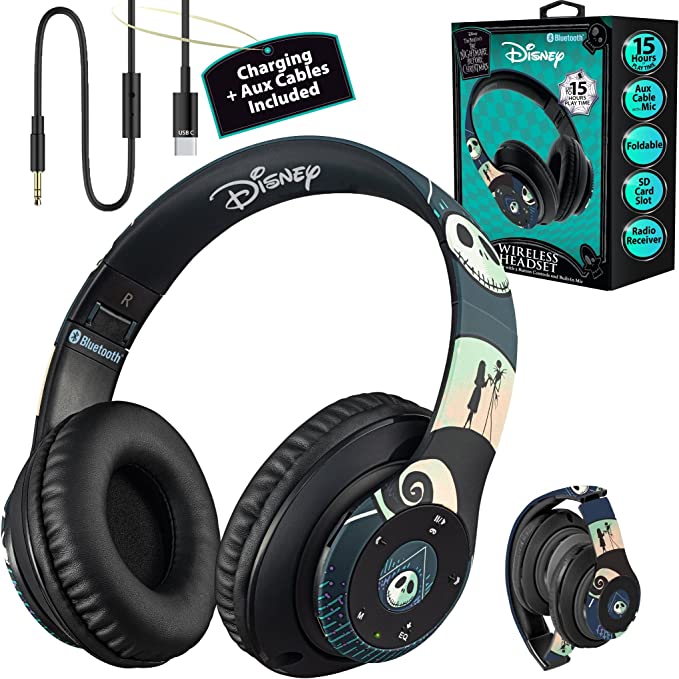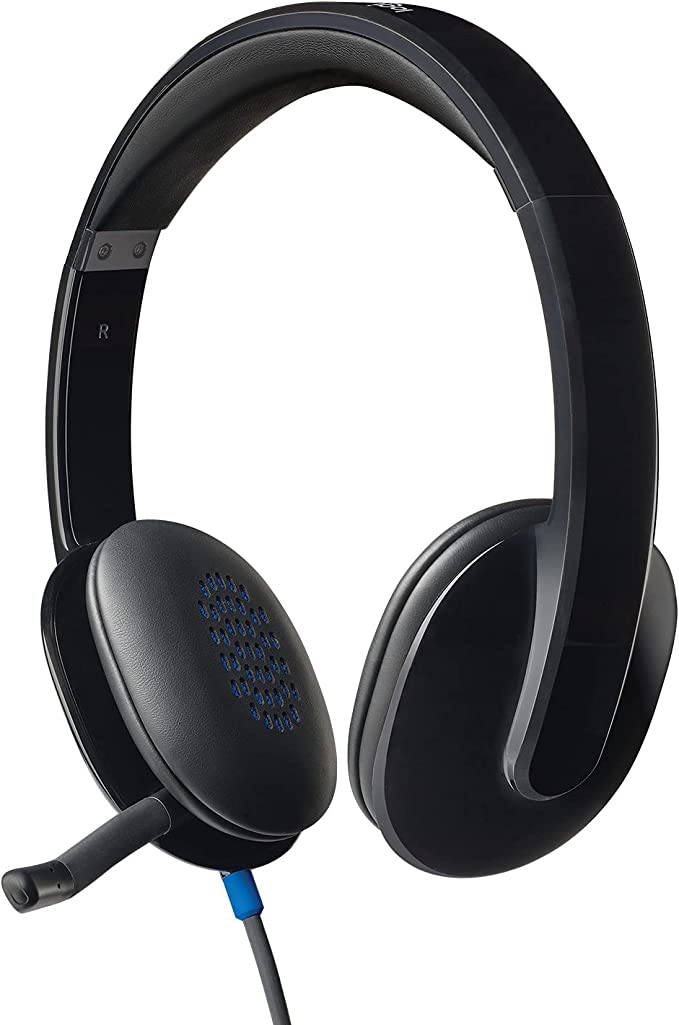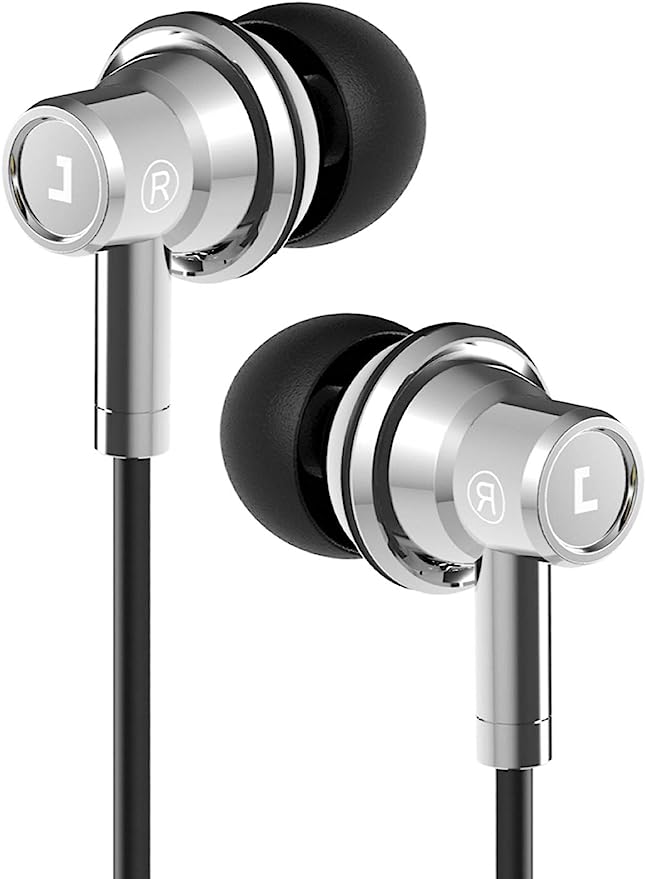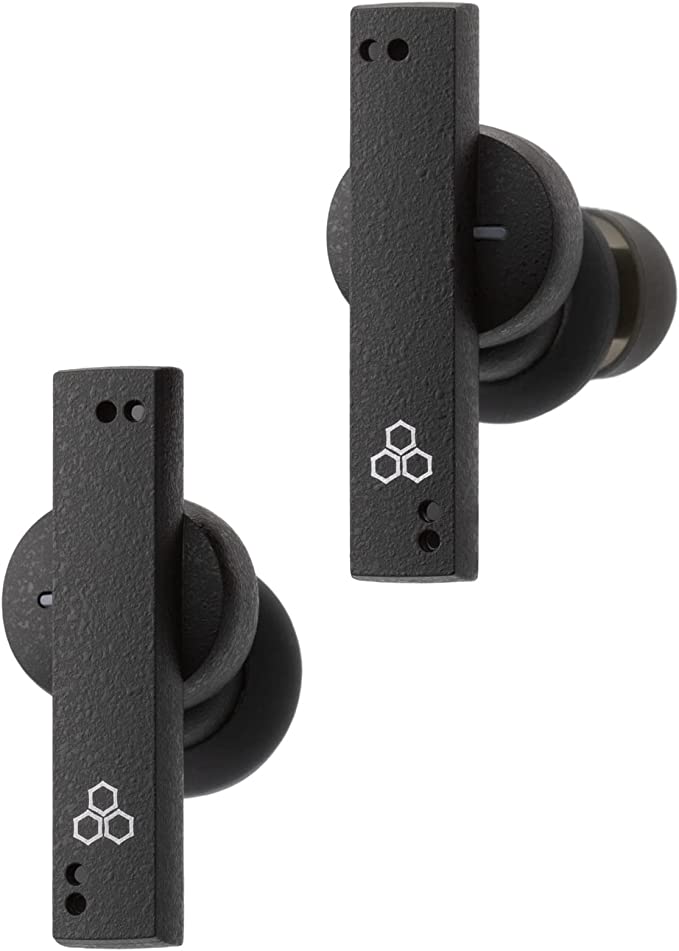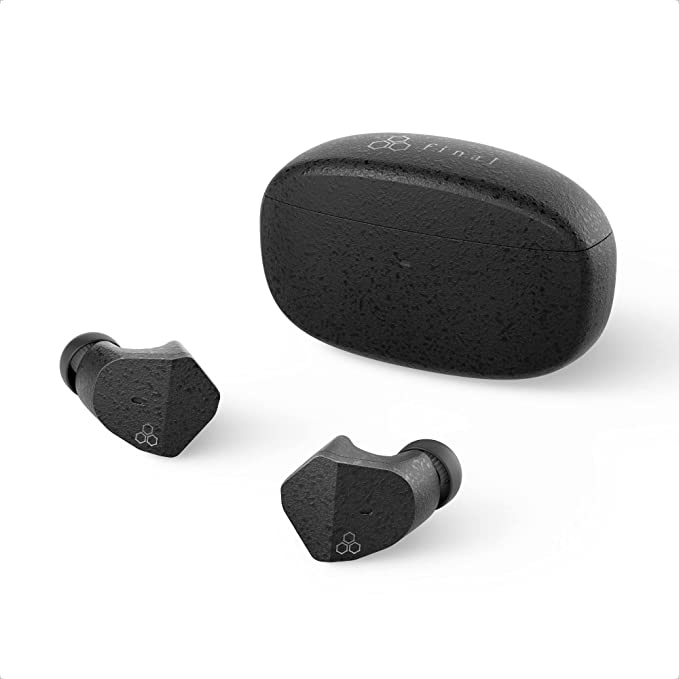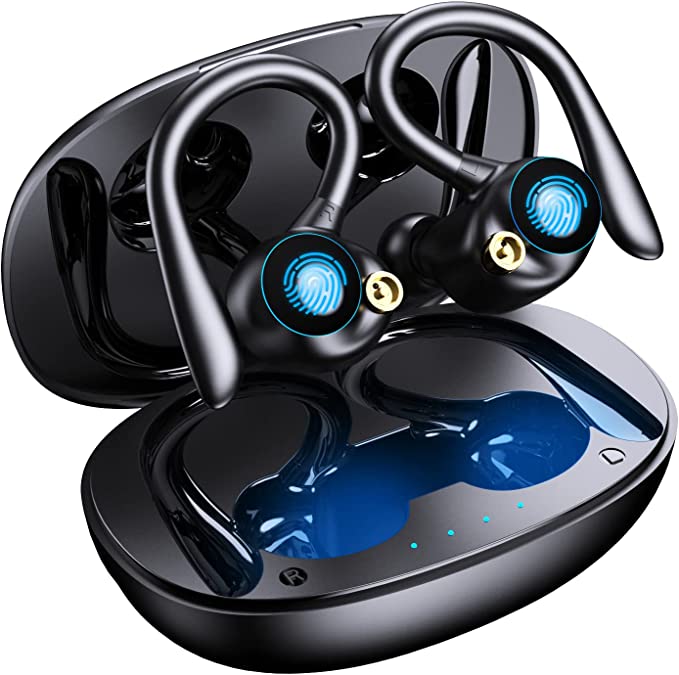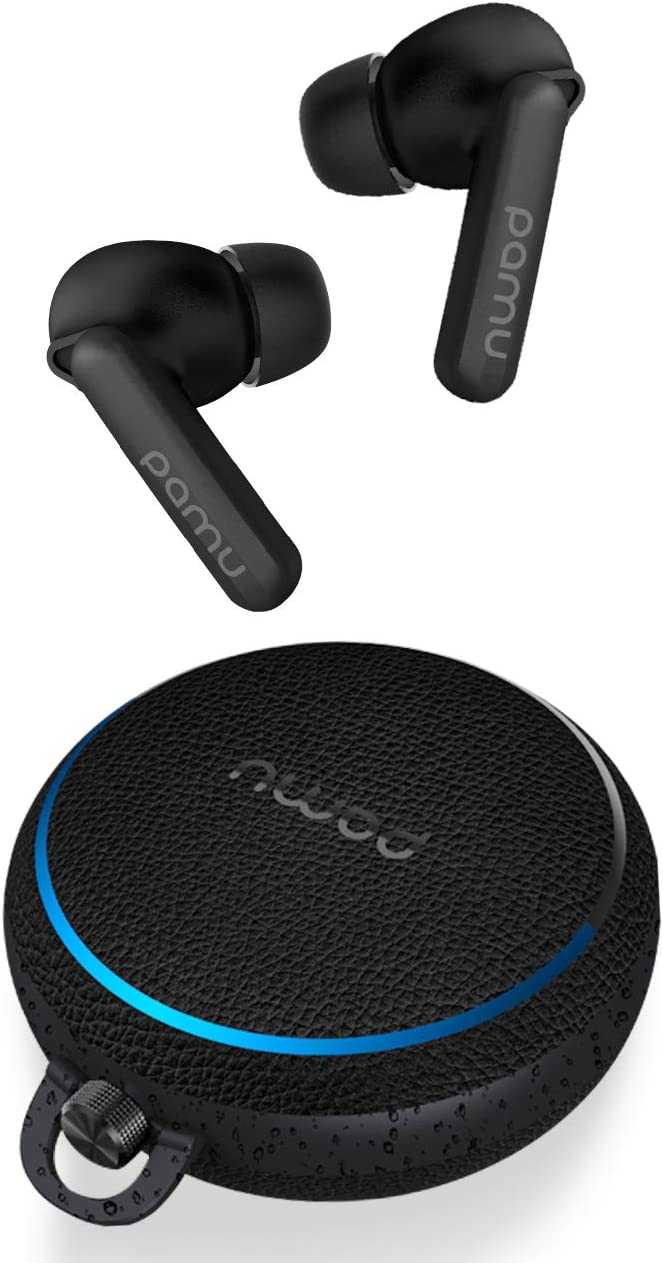The SM7B Masterclass: Understanding the Science of a Studio-Standard Microphone
Update on Oct. 30, 2025, 1:24 p.m.
If you’ve spent any time exploring the world of podcasting, streaming, or music production, you’ve seen it. That iconic, sleek, black cylinder: the Shure SM7B. It’s pointed at the world’s biggest podcasters, used by legendary musicians (it’s rumored to be on Michael Jackson’s Thriller), and held up as the gold standard for vocal recording.
But the SM7B holds a secret, one that frustrates countless new owners. You buy it, plug it into your audio interface, turn up the volume, and… nothing. Or, more accurately, the signal is so quiet that you have to crank the gain knob to 100%. And when you do, you’re greeted with a loud hisssssss.
This isn’t a flaw. This is your first lesson.
The Shure SM7B isn’t just a “plug-and-play” microphone; it’s a gateway to understanding professional audio engineering. Its perceived “problems” are, in fact, deliberate design choices that, once understood, will make you a far more skilled creator.
Welcome to the SM7B Masterclass. We’re going to use this one microphone to teach you the core science of studio-quality sound.

Lesson 1: Why “Less Sensitive” Is a Superpower (Dynamic vs. Condenser)
Your first question is likely, “Is the SM7B a dynamic or condenser mic?” The answer is the key to everything.
The SM7B is a dynamic microphone. To understand why this matters, let’s use an analogy.
- A condenser microphone (like many popular USB mics) is like a floodlight. It’s highly sensitive and designed to capture everything in a room with sparkling detail. This is fantastic in a sound-treated studio, but in your bedroom, it captures your computer fan, the air conditioner, your dog barking downstairs, and the echo of your voice bouncing off the bare walls.
- A dynamic microphone, like the SM7B, is like a spotlight. It operates on a simple, robust principle called electromagnetic induction (a coil moving in a magnetic field). This design is inherently less sensitive.
For a home studio creator, “less sensitive” is a superpower. The SM7B isn’t designed to capture the “room.” It’s designed to capture only the sound source directly in front of it—your voice—and aggressively reject everything else. This is why it’s the standard for broadcasting and podcasting; it provides vocal isolation without needing a perfect, million-dollar studio.
Lesson 2: The “Gain-Hungry” Secret and Your First Preamp
This brings us back to that “it’s too quiet” problem. The SM7B’s low sensitivity (its “superpower”) results in a very low output signal.
The official specification is -59 dBV/Pa. In plain English, that is extremely quiet.
To get this signal to a usable level for recording, you need to amplify it. This amplification is called “gain,” and the device that provides it is called a “preamplifier” (or “preamp”).
Your audio interface (that little box you plug your mic into) has preamps built-in. Here’s the catch: the preamps on most entry-level interfaces are not powerful enough to provide the +60dB of clean gain the SM7B requires.
This is the mistake everyone makes. They turn the gain knob on their interface all the way up. While this does amplify the vocal, it also massively amplifies the preamp’s own internal self-noise, which you hear as that “hiss.” This is called the “noise floor.”
The SM7B isn’t noisy. Your preamp is noisy when pushed to its absolute limit.
The Solution: The Gain Staging “Lesson”
The SM7B forces you to learn about proper “gain staging.” The solution is not to max out your interface. The solution is to provide clean gain before the signal even gets there.
You have two primary options:
- A Better Audio Interface: Higher-end interfaces have much cleaner, more powerful preamps designed to handle low-output mics.
- An Inline Preamp (The Popular Fix): This is the “secret weapon” you see mentioned everywhere. A small, simple device like a Cloudlifter or FetHead plugs in between your mic and your interface. It uses your interface’s “phantom power” to add +25dB of perfectly clean, transparent gain before the signal hits your interface’s noisy preamp.
With an inline preamp, you can set your interface’s gain knob to a comfortable 30-50% instead of 100%, and the hiss is gone. You’ve just solved the SM7B’s biggest “problem” and, in the process, mastered the concept of gain staging.

Lesson 3: Shaping Your Sound with Physics, Not Plugins
The SM7B’s engineering lessons don’t stop at gain. It teaches you to shape your sound at the source, using physics instead of just fixing it later with software (plugins).
The Cardioid Polar Pattern: Your Built-In Room Treatment
The SM7B features a cardioid polar pattern. This is a specification that answers the query, “Where does the microphone ‘listen’?”
Imagine a heart-shaped bubble around the microphone. It is extremely sensitive to sound at the very front (the “tip” of the heart), less sensitive at the sides, and almost completely “deaf” to sounds from the rear.
This is another part of its home-studio magic.
- You speak into the front.
- Your keyboard clicks, coming from the side, are captured at a much lower volume.
- Your voice, bouncing off the wall behind the mic and coming back, is almost completely ignored.
This excellent “off-axis rejection” is why the SM7B sounds so focused, dry, and “professional,” even in an untreated room. It’s isolating your voice from the room’s negative influence.
The Frequency Switches: Your Hardware EQ
Look at the back of the SM7B, hidden under a small plate. You’ll find two physical switches. These are not gimmicks; they are powerful hardware equalizers (EQ) that let you change the microphone’s fundamental sound signature.

- Bass Rolloff (High-Pass Filter): When you speak very close to a cardioid mic, you get the “proximity effect”—a deep, boomy, and often muddy bass buildup. This switch “rolls off” those rumbly low frequencies, cleaning up your vocal before it even hits the cable. It’s the instant fix for a “boomy” podcast voice.
- Presence Boost: This switch adds a gentle lift to the upper-midrange frequencies. This is where vocal clarity and “presence” live. Engaging this switch can make a voice “cut through” a mix, adding intelligibility and a touch of airiness.
Long before you touch a software EQ, the SM7B teaches you to make critical sonic decisions with hardware.
Lesson 4: The “Invisible” Engineering
Finally, the SM7B’s legendary status comes from engineering you can’t see, all designed to solve common studio problems. The “built to last” platitude is meaningless, but the science is brilliant.
- Internal Air Suspension: Why don’t you need a bulky “spider” shock mount? Because the SM7B has one inside its chassis. The microphone capsule (its “ear”) is suspended in an “air suspension” system, isolating it from any vibrations, rumbles, or bumps to the mic stand.
- Humbucking Coil: Ever get a low, annoying 60Hz hum in your recordings? That’s electromagnetic interference (EMI) from your computer monitor, lights, or wiring. The SM7B has an internal “humbucking coil” that acts like noise-canceling headphones for EMI, filtering out the hum before it’s even captured.
- Dual Windscreens: The mic comes with two pop filters. The standard, thinner one is for most uses. The thicker, “close-talk” A7WS windscreen is a masterpiece of acoustic design, taming harsh “plosive” (P and B) sounds and slightly warming the tone for that intimate, radio-voice sound.

Your “Graduation”: Beyond the First Mic
The Shure SM7B is not a simple-to-use microphone. It is a complex, professional instrument. It is not an “all-in-one” solution. It is the centerpiece of an audio system that requires a preamp, a good cable, and, most importantly, a little bit of knowledge.
It demands that you learn. It forces you to understand what “gain” is, why “preamps” matter, how a “polar pattern” shapes sound, and how “frequency” affects clarity.
And that is why it remains an industry standard. It’s not just a tool for capturing sound; it’s a tool for teaching it. By the time you’ve mastered the Shure SM7B, you haven’t just learned how to use a microphone—you’ve learned the fundamentals of audio engineering.




